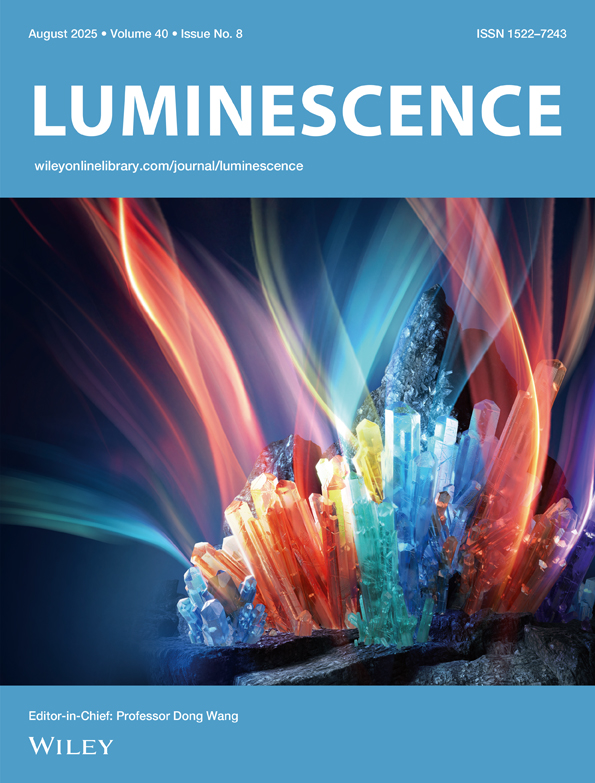Chemiluminescence intensities and spectra of luminol oxidation by sodium hypochlorite in the presence of hydrogen peroxide
Abstract
Hydrogen peroxide amplifies the chemiluminescence in the oxidation of luminol by sodium hypochlorite. A linear relationship between concentration of hydrogen peroxide and light intensity was found in the concentration range 5 × 10−8−7.5 × 10−6 mol/l. At 7.5 × 10−6 mol/l H2O2 the chemiluminescence is amplified 550—fold. The chemiluminescence spectra of these reactions have a wavelength maximum at 431 nm independent of the concentration of hydrogen peroxide. The results indicate that hydrogen peroxide is a necessary component in the chemiluminescent oxidation of the luminol by sodium hypochlorite.




